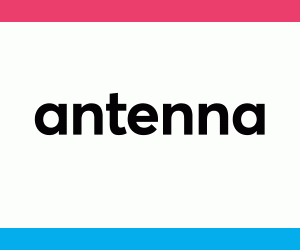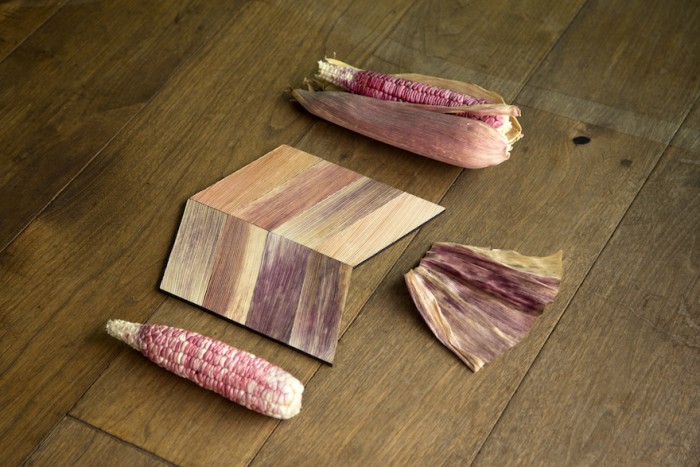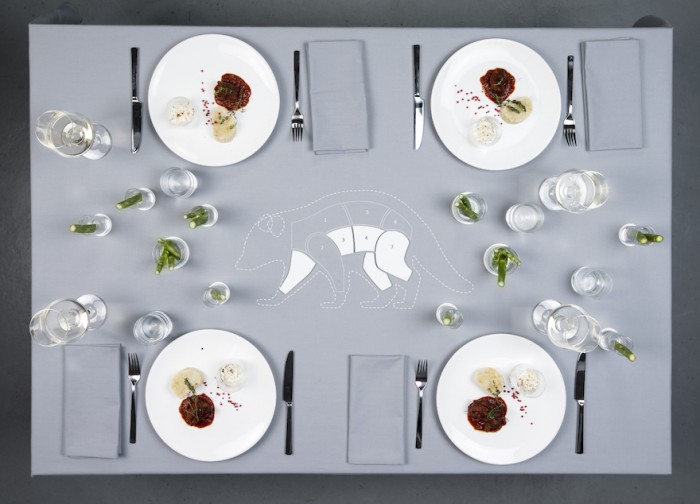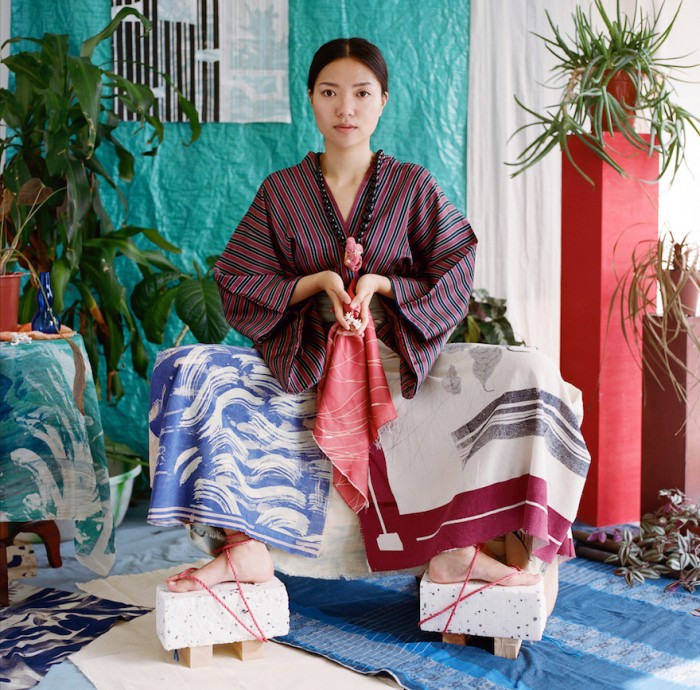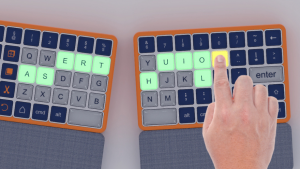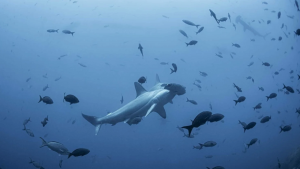Part of the Project
Design Indaba, Dutch Design Week and World Design Event have spent the past few months on a global scan of the best of young design talent.
The Design Indaba team reached out to universities and institutions from all over the world to find young people whose designs offer a fresh perspective on the future of design.
These projects which deal with thought-provoking concepts like colonialism, mobility, food as well as speculative design, will be unveiled at the inaugural Antenna conference (tickets are avaiable here).
Antenna is a new interactive platform, curated by Design Indaba, that connects and aligns international design graduates with professionals and experts.
It’s the network where the people who make things happen gather for talks, lectures and debates to show the power of design and to transform future challenges of society in opportunities.
Over the next four weeks, we will be introducing you to the 20 students who will join us in Eindhoven to present their remarkable work on 20 October.
Here are the first five:
Ageing On The Move
Mar Ginot Blanco and two of her fellow students, Ellie Birkhead and Aaron Garlick, from Design Academy Eindhoven will present their project called Ageing on the Move.
The students will use their speculative design project to examine mobility in 2050 and what that might look like.
The rate at which the population around the world is growing means we have to reexamine how we deal with space and travel.
With Ageing On The Move, architecture and transport merge to create an autonomous transport system that will change the fabric of our cities.
Totomoxtle
Totomoxtle is a project by Fernando Laposse from Central Saint Martins.
His project looks at native Mexican corn husks and uses them as surfacing veneer to make tiling and marquetry for use in furniture design and architecture.
There are 62 different strands of corn in Mexico, each with a different shape, taste and colour which also extends to their husks.
Tototmoxtle was done in collaboration with Zapotec and Mixteco communities in the Sierras of Oaxaca and Puebla in southwest Mexico.
They harvested the naturally coloured husks, and in exchange, the veneering techniques were taught to them with the idea of a future partnership that aims to create an economic incentive to keep planting this corn.
Menu From The New Wild
Alexandra Fruhstorfer is from the University of Applied Arts in Vienna and her project is called Menu From the New Wild.
Her culinary concept aims to protect native biodiversity while also helping to get rid of invasive species.
In order to make this ecological issue accessible to a wide audience while simultaneously reducing the numbers of invasive species in the wilderness, the next step is to integrate them into the economic cycle by eating them.
Soup from the invasive Pond Slider Turtle and roasted Raccoon with shoots from Japanese Knotweed would appear on the menu of a near future.
Pulau Banda
Pulau Banda is a project by Marta Velasco Velasco from the Royal College of Arts.
She has always been fascinated by colonial history, cultural traditions and postcolonial traces.
A conversation with her brother about African Wax print and its Dutch-Indonesian origins, led to them discussing the history of nutmeg, the once highly valuable spice originating from the islands of Pulau Banda.
She uses textiles, photography and set design to share stories of colonialism and their aftermath with a goal of awakening people’s curiosity about colonial history and sparking a debate about its representations.
‘Pulau Banda’ is a collection of textiles, wall hangs and an artist book inspired by this story and influenced by contemporary Indonesia.
It uses the narrative potential of textiles, long forgotten by most of western peoples but beautifully preserved in the everyday of African and Asian cultures.
Modular Rhythm Machine
MIT student Nicolas Kisic Aguirre’s project is called Modular Rhythm Machine. His interest lies in the power of sound not only for music but also as a weapon. He was especially inspired by the use of sound in rituals like marching, drumming and rhythm.
He designed the Modular Rhythm Machine as an instrument for researching and experimenting the power of sound and rhythm.
He has designed 36 modular machines, which can be arranged in different shapes and ways to produce sound.
Book your tickets or find out more.
Not in the Netherlands? Watch the live stream, free, at antenna.foundation on 20 October 2017 at 13:30 CEST

